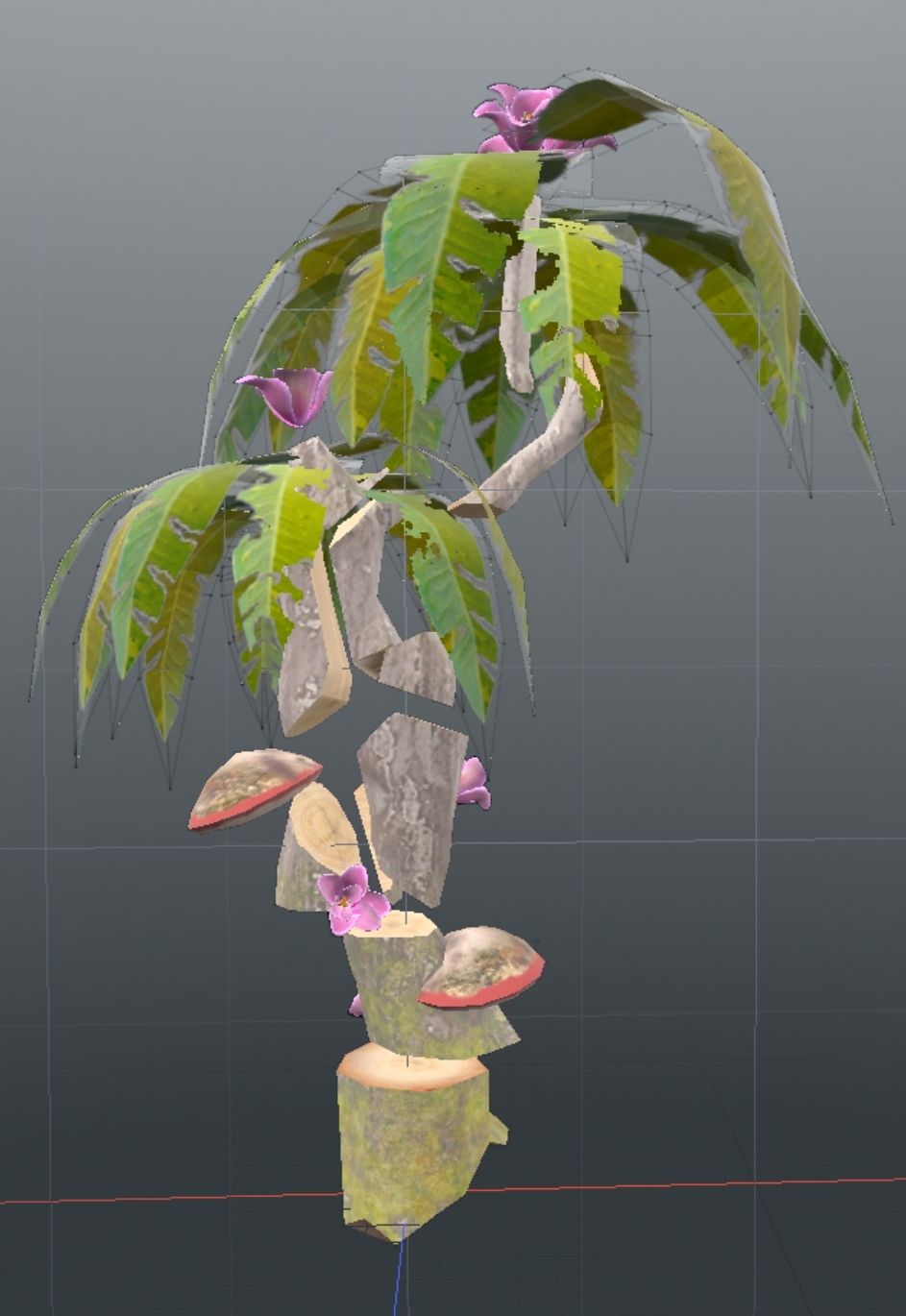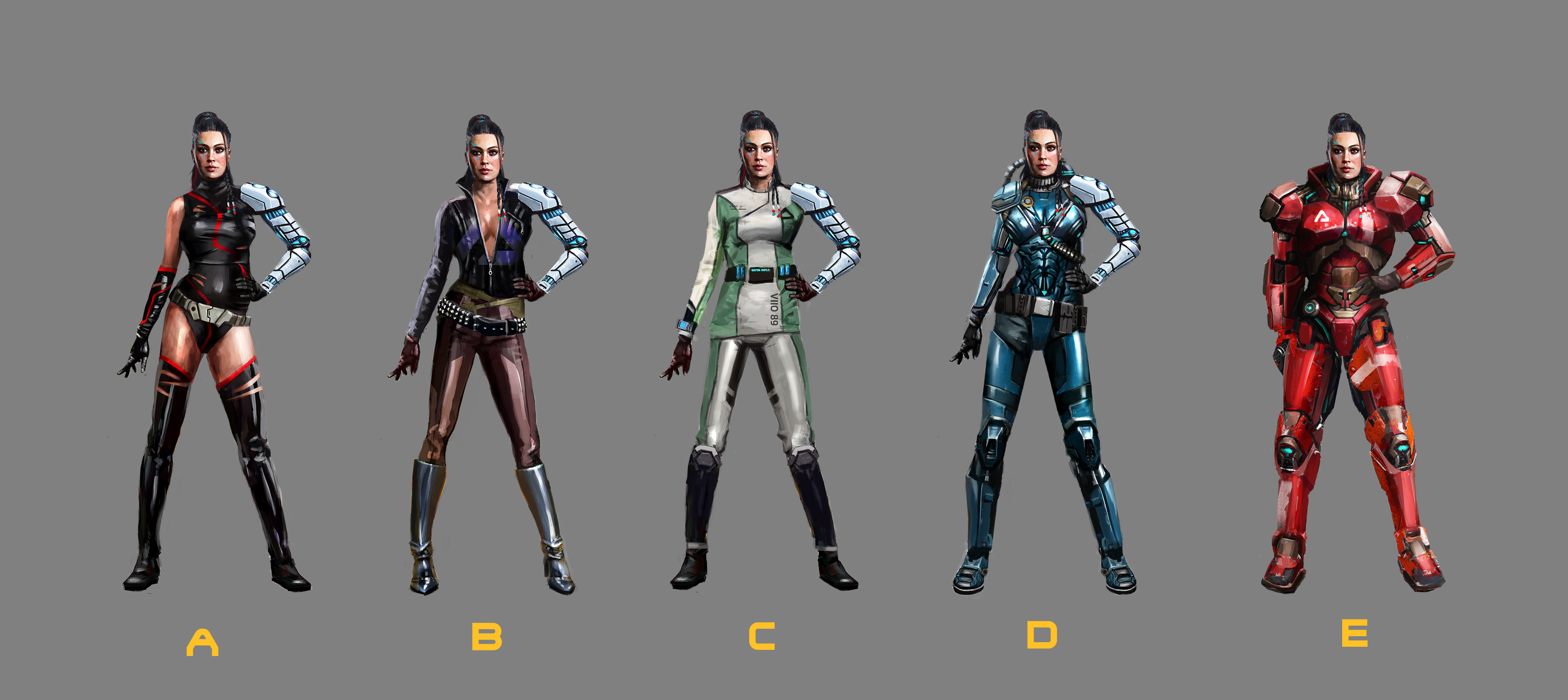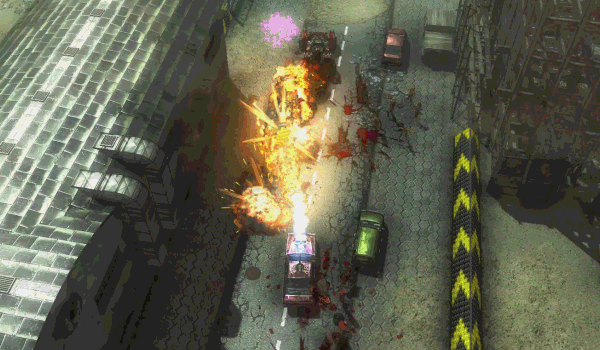
Jul 31, 2019
The Riftbreaker - voidreaver

You can see all the stages of the dissolving process in slow motion.
In the last article, we touched on the subject of the system responsible for fire and burning effects in The Riftbreaker. The dissolve effect that turns the vegetation into burnt husks is one of the several that we have implemented, each with a different use case. In this case, whenever a piece of flora catches fire, we start dissolving it by gradually changing the texture from regular to burnt.

Grass + fire = ...?
The first texture you see is what you encounter in-game when the plant is in its normal state. By mixing it with the second texture, we get an imitation of the model being engulfed in flames. As it happens, the vertexes of the plant light up bright orange - simulating smoldering. We also attach some fire effects, chosen on the basis of size. After some time, all that is left is what you see in the third picture - a completely burnt version of what was there before the fire.

The parts of the tree model as they appear in the model editor. Note that all the leaves are separate parts, too!
That is, of course, not the only misfortune that can happen to the poor plants that stand in your way. Mr. Riggs has plenty of weapons that can end their existence, and we are prepared for that. The plant models are cut into a lot of smaller pieces which spawn when their parent model is destroyed. The direction in which the parts will fly after being spawned is affected by the direction of the attack that destroyed the plant to some degree, but there is also an element of randomness to it. Additional particle effects appear to imitate splinters and leaves. After all of these things take place, only a stump is left in the ground.

The parts do not spawn in the same order every time, which adds to the variety.
That’s all we have for you today. Remember to join our Discord server - you can ask us anything at any time and give us your feedback and thoughts. www.discord.gg/exorstudios
Other social media:
www.facebook.com/exorstudios
www.twitter.com/exorstudios
www.mixer.com/exorstudios
www.twitch.tv/exorstudios














































